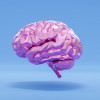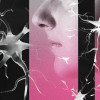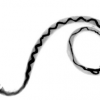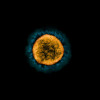Space and Time Could Be a Quantum Error-Correcting Code
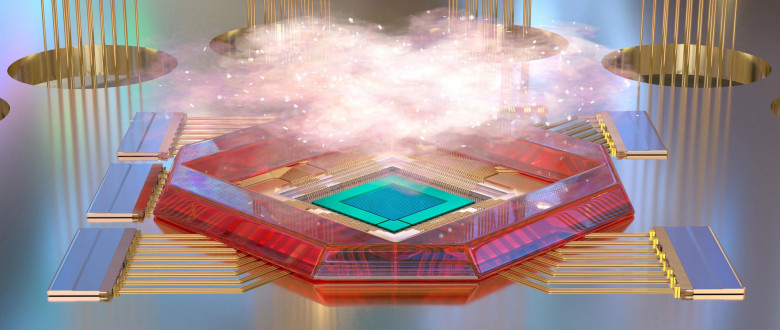
In 1994, a mathematician at AT&T Research named Peter Shor brought instant fame to “quantum computers” when he discovered that these hypothetical devices could quickly factor large numbers — and thus break much of modern cryptography. But a fundamental problem stood in the way of actually building quantum computers: the innate frailty of their physical components.
Unlike binary bits of information in ordinary computers, “qubits” consist of quantum particles that have some probability of being in each of two states, designated |0⟩ and |1⟩, at the same time. When qubits interact, their possible states become interdependent, each one’s chances of |0⟩ and |1⟩ hinging on those of the other. The contingent possibilities proliferate as the qubits become more and more “entangled” with each operation. Sustaining and manipulating this exponentially growing number of simultaneous possibilities are what makes quantum computers so theoretically powerful.
But qubits are maddeningly error-prone. The feeblest magnetic field or stray microwave pulse causes them to undergo “bit-flips” that switch their chances of being |0⟩ and |1⟩ relative to the other qubits, or “phase-flips” that invert the mathematical relationship between their two states. For quantum computers to work, scientists must find schemes for protecting information even when individual qubits get corrupted. What’s more, these schemes must detect and correct errors without directly measuring the qubits, since measurements collapse qubits’ coexisting possibilities into definite realities: plain old 0s or 1s that can’t sustain quantum computations.















































